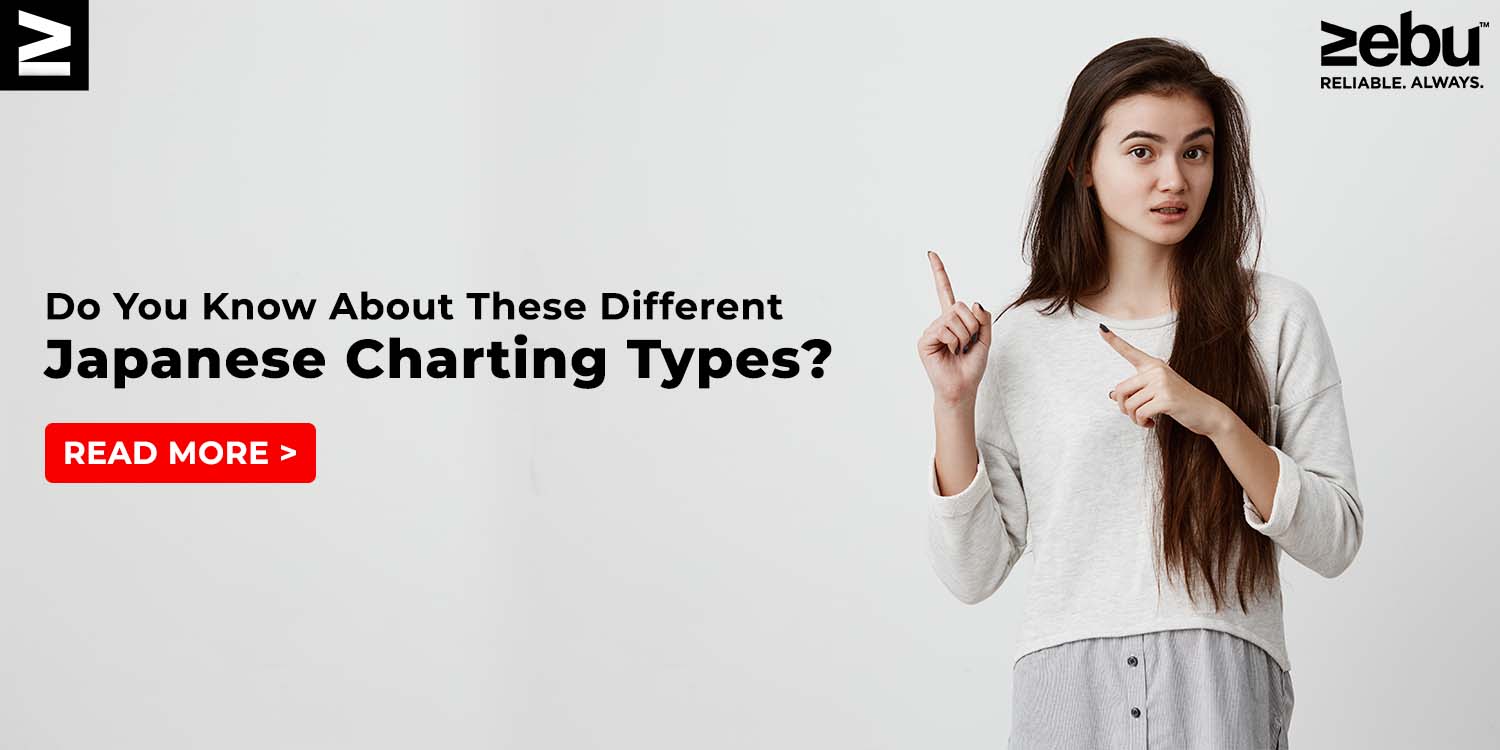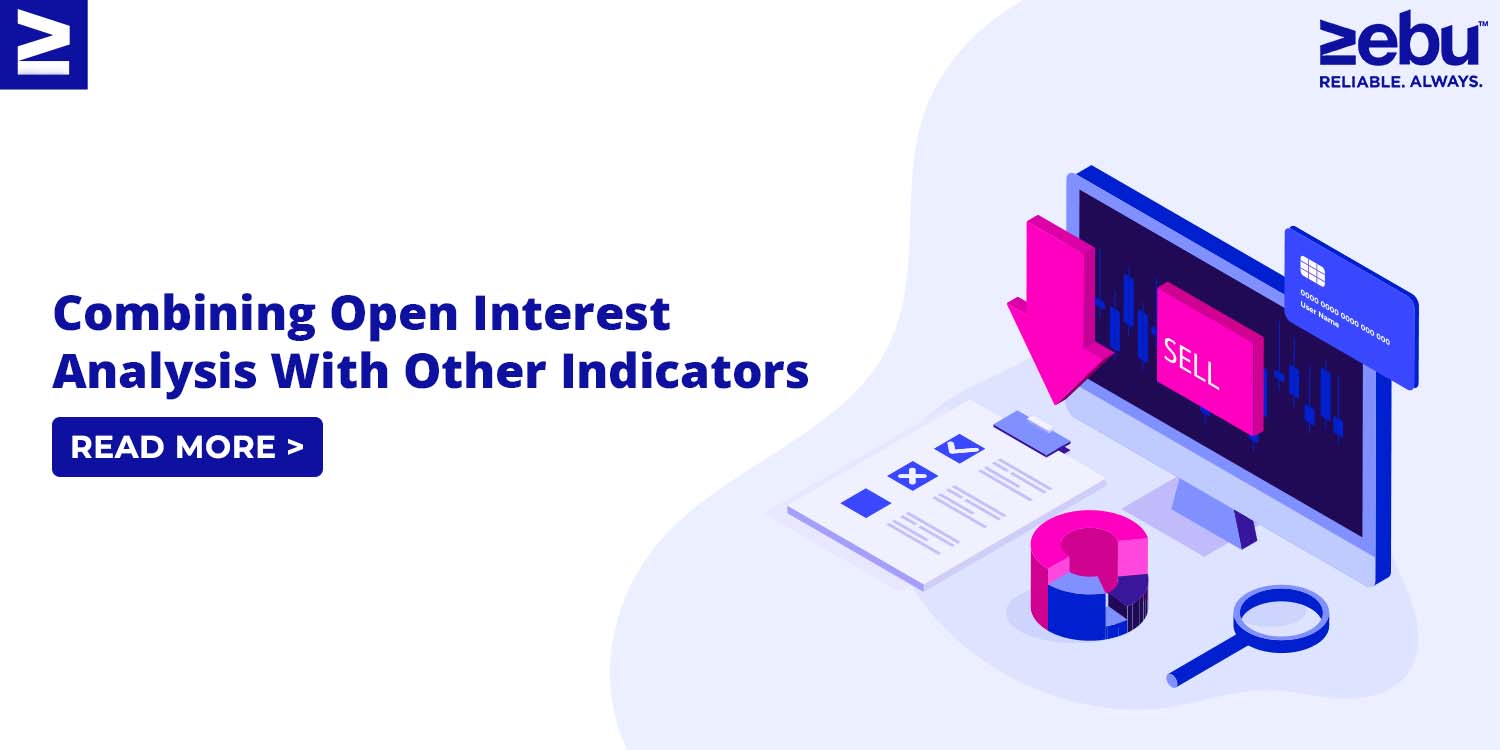
Renko and Heikin-Ashi are both charting techniques that originated in Japan and are used to analyze financial markets. These techniques are used by traders and investors to identify trends, support and resistance levels, and to make more informed trading decisions. In this post, we will take a closer look at Renko and Heikin-Ashi charts, how they are created, and how they can be used in trading.
Renko charts are a type of chart that is created by placing a brick in the next column once a fixed price change has occurred. The bricks are always the same size and the chart does not take into account the time element. This makes Renko charts particularly useful for identifying trends and support and resistance levels. Renko charts are known for their simplicity and are easy to read, making them a popular choice among traders.
The construction of Renko charts is quite simple. The first step is to determine the brick size, which is the price change that will trigger the creation of a new brick. Once the brick size is determined, the chart will be created by placing a new brick in the next column once the price has moved by the specified brick size. The bricks can be either red or green, depending on whether the price has risen or fallen.
One of the benefits of Renko charts is that they do not take into account the time element. This means that the chart will not be affected by the volatility of the market, which can be useful in identifying trends and support and resistance levels. In addition, Renko charts are known for their ability to filter out noise and provide a clearer picture of the market.
Heikin-Ashi is a type of chart that is similar to a cand chart, but the method of calculation is different. Heikin-Ashi charts are calculated by taking the average of the open, high, low, and close of the previous period and plotting the result. This creates a chart that is smoother than a traditional cand chart and is useful for identifying trends and support and resistance levels.
Heikin-Ashi charts are created by taking the average of the open, high, low, and close of the previous period. The open is the average of the open and close of the previous period, the high is the maximum of the high, low and close of the previous period, the low is the minimum of the high, low and close of the previous period, and the close is the average of the open, high, low and close of the current period.
The main advantage of Heikin-Ashi charts is that they provide a smoother representation of the market, making it easier to identify trends and support and resistance levels. Heikin-Ashi charts are also known for their ability to filter out noise and provide a clearer picture of the market.
Heikin-Ashi charts are also useful for identifying trends, as they provide a clearer representation of the market than traditional cand charts. In addition, Heikin-Ashi charts are useful for identifying support and resistance levels, as they provide a clearer representation of the market than traditional cand charts.
Both Renko and Heikin-Ashi charts are popular in Japan and are used by traders and investors to analyze financial markets. They are particularly useful for identifying trends and support and resistance levels. However, it’s important to keep in mind that these charts should be used in conjunction with other forms of analysis, such as technical indicators and fundamental analysis.
Renko and Heikin-Ashi charts have their own unique features, and it’s up to each trader to decide which one they prefer to use. It’s also worth to note that both of these charting techniques are not commonly used in the Western world, and may not be supported by all charting software. Therefore, traders who are interested in using these charting techniques may need to find specialized software that supports them.
It’s also important to note that Renko and Heikin-Ashi charts should not be the only tool used in a trader’s arsenal. These charts are best used in combination with other forms of analysis, such as technical indicators and fundamental analysis. This can help to provide a more complete picture of the market and can improve the accuracy of trading decisions.
In conclusion, Renko and Heikin-Ashi charts are both charting techniques that originated in Japan and are used to analyze financial markets. They are particularly useful for identifying trends and support and resistance levels, and can help traders make more informed trading decisions. However, it’s important to keep in mind that these charts should be used in conjunction with other forms of analysis, such as technical indicators and fundamental analysis. And also it is worth noting that these charts are not commonly used in the Western world, and may not be supported by all charting software.

